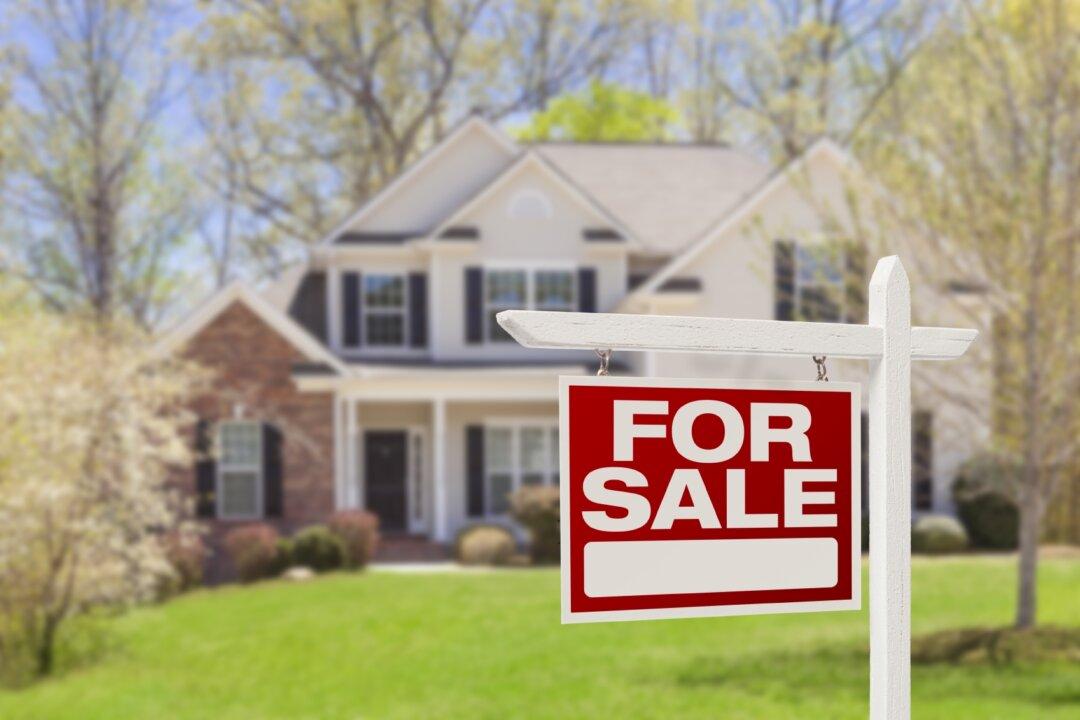This week in the housing market, mortgage rates were mostly flat, mortgage application volume was down and the Sun Belt is shining with new single-family home construction.
On the Mortgage Front
Freddie Mac reported the 30-year fixed-rate mortgage averaged 5.09 percent as of June 2, down slightly from last week’s 5.10 percent average. The 15-year fixed-rate mortgage averaged 4.32 percent, up slightly from last week when it averaged 4.31 percent. And the 5-year Treasury-indexed hybrid adjustable-rate mortgage (ARM) averaged 4.04 percent, up from last week when it averaged 4.20 percent.“Mortgage rates continued to inch downward this week but are still significantly higher than last year, affecting affordability and purchase demand,” said Sam Khater, Freddie Mac’s chief economist. “Heading into the summer, the potential homebuyer pool has shrunk, supply is on the rise and the housing market is normalizing. This is welcome news following unprecedented market tightness over the last couple years.”





